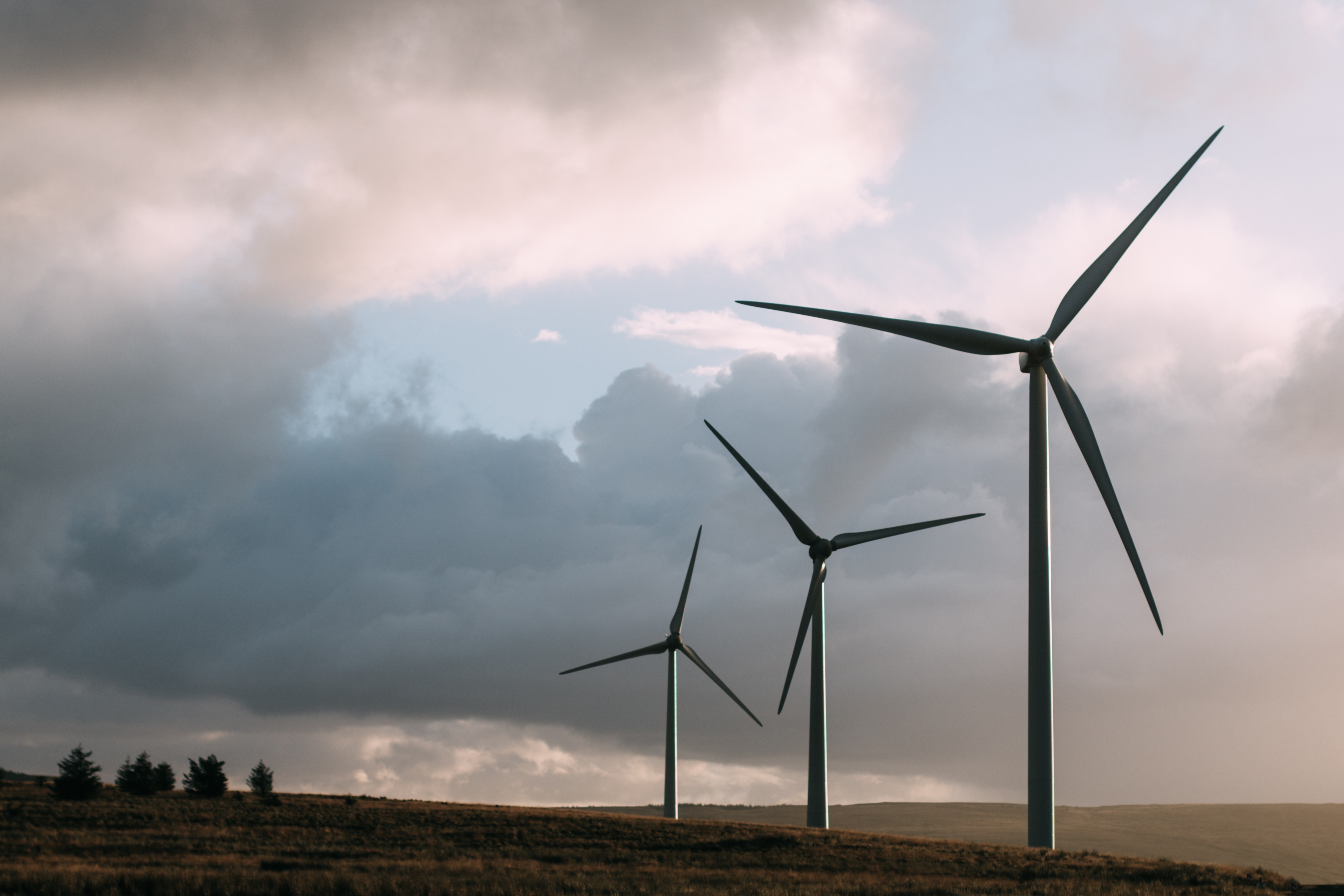Somebody help me out here. Everyone’s clamoring for electric vehicles, electric stoves, all-electric buildings. Fine. But where is all this electricity going to come from? How will it be generated? How will all this electrical power be delivered? How reliable will that system be?
And do we have any idea how to overcome the technical problems “all-electric” poses for society and the environment?
There’s a lot of talk about wind and solar (and possibly hydropower, where it’s feasible) as the solution to the electricity supply question. But anyone who’s flown a kite knows that the wind doesn’t always blow just right. And a cloudy day can render photovoltaic cells useless.
That’s what the experts call intermittency, the periods when renewables don’t produce energy, even though demand may be at its peak.
THE MISSING PIECE: ENERGY STORAGE
If only we could store electricity, and tap into it when needed! Of course, we’ve done that for years, notably with lithium-ion batteries. But there are concerns about whether we’ll be able to mine enough lithium to meet global demand for storage, which may be 100 times greater by 2040 than it is today.
Not to mention that 70% of the world’s cobalt (another component of Li-ion batteries) comes from the Democratic Republic of Congo, which could pose concerns about supply-chain disruption. Plus it turns out that it can cost more to store electricity than to make it, according to some experts.
Scientists and engineers are making bold attempts to solve the electricity storage problem, as Matthew Hutson reports In a recent New Yorker article, “The Renewable Energy Revolution Will Need Renewable Storage."
One approach is called “pumped hydro,” where water is pumped underground to a depth of at least a thousand feet; when electric power is needed, the system lets the Earth squeeze the water back up under pressure to drive generators.
Another method has been advanced by Hydrostor, based in Toronto. As Hutson notes, “It stores compressed air in tanks, and holds on to the heat released during the air-compression process, which it then reapplies to the air during expansion, supercharging its ability to drive a turbine and generate electricity.”
Highview Power, a British company, goes one step further. Its system cools air to >100 degrees below zero, which liquefies the air; when the system warms the air, it gasifies rapidly, spinning the generator turbines.
A company in Scotland, Gravitricity, has demonstrated the use of “gravity storage” to lift a 50-ton block up a tower, two stories at a time, then lowering it by gravity to create energy.
The EVx system, from a Swiss-based company called Energy Vault, proposes to stack heavy weights using clean energy, then using pulleys to lower the stacks and generate power.
THE HURDLES: VIABILITY, COST, SCALE
The problem with these experimental technologies is that they fall short in technical viability, cost, or scale. Until there’s a breakthrough in electricity storage, it looks like natural gas, and maybe even nuclear power and coal (horrors!), may be around for some time.
LET'S HEAR FROM YOU
Send your thoughts/comments to: Robert Cassidy, Editor, MULTIFAMILY Design+Construction, at rcassidy@sgcmail.com.
COMMENT FROM BILL HORSTMAN, PE, CIVIL ENGINEER:
A variation on “pumped hydro” mentioned in your blog is the use of reservoirs at two different elevations in the mountains connected by tunnels/penstocks (typically called “pumped storage”).
During times when excess electrical energy is available, water is pumped from the lower reservoir to the upper reservoir, converting the electrical energy to potential energy. During times when the electricity is needed, the water from the upper reservoir is released through the tunnels to spin turbine-generator sets (similar to conventional hydroelectric generation) and stored in the lower reservoir for reuse.
This process has been employed in California for decades and was originally installed to store the excess electricity generated by a large nuclear power plant, but is now also used to store the excess electricity generated by other carbon-free/green energy sources.
Thanks for the comment, Bill! :rob cassidy
COMMENT FROM HERMAN DEJONG, RA, VERDANTARCHITECT.COM
The answer to extra electric storage is simple: the EV batteries of all vehicles.
With a smart grid and EVs becoming the norm, all EV batteries can become e-storage.
Now, with more lithium battery recyclers like Redwood Materials, we should not have to worry about discarded lithium batteries, and the need vor the various components becomes less of an urgent issue.
Thanks, Herman! :rob






